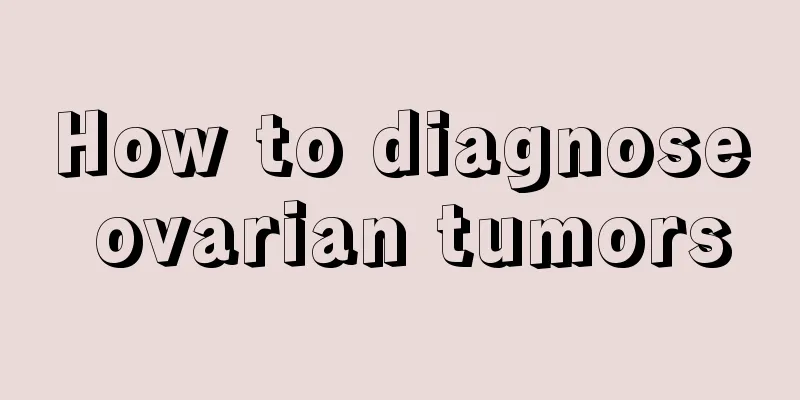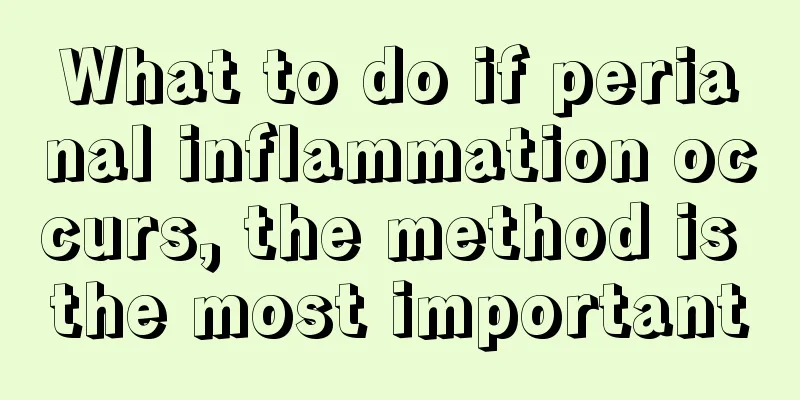What should I do if food is stuck in my chest and can't go in or out?

|
I believe that many people have encountered this situation in their lives, that is, when eating, food is blocked in the chest and can neither be spit out nor swallowed. Many people do not know the specific reason for this situation, and do not know what methods should be used to alleviate this situation. So, what should we do if food is stuck in the chest and can neither go in nor out? First, what should we do if food is stuck in the chest and cannot go in or out? Further gastroscopy is needed to consider whether it is caused by esophagitis. Do not smoke or drink, and avoid spicy food. Esophagitis is an inflammation of the esophagus, which refers to inflammation caused by edema and congestion of the esophageal mucosa due to irritation or damage to the superficial or deep tissues of the esophageal mucosa. Chemical irritation includes stomach acid, bile, strong liquor, strong acid, strong alkali, drugs, etc.; physical irritation includes hot food, drinks, foreign bodies in the esophagus (fish bones, etc.), long-term placement of nasogastric tubes, etc. Esophagitis may also be caused by local damage to the esophagus due to chemotherapy or radiotherapy, or by infection with tuberculosis, fungi (Candida) or viruses due to the patient's own decreased resistance. The most common clinical condition is reflux esophagitis caused by gastric acid reflux. Second, radiation esophagitis 2. Acute corrosive esophagitis Corrosive esophagitis often occurs as an accident and is prone to occur in children, especially various household cleaners have entered many families and are easily ingested by children. These products contain sodium hydroxide (potassium), sodium carbonate (potassium), potassium permanganate, etc. Corrosive esophagitis in adults is often caused by swallowing strong acids or alkalis as a means of suicide. It is not uncommon for strong acids and alkalis to be accidentally ingested by people when they are stored in containers used for beverages or alcohol. Drug-induced esophagitis has received clinical attention in recent years. It is now recognized that patients of all ages, in all settings, and taking all therapeutic doses of medications have the potential to injure the esophagus. 3. Suppurative esophagitis Suppurative esophagitis is a purulent inflammation caused by bacteria invading the esophageal mucosa when the esophageal mucosa is damaged. Patients may be asymptomatic or have only neck pain or sore throat. Patients with a larger lesion area may also experience symptoms such as dysphagia, pain behind the sternum, chills, and fever in addition to neck pain or odynophagia. Those with higher reactivity often have high fever. A small number of patients may develop sepsis and show corresponding symptoms. 4. The main symptoms of reflux esophagitis are heartburn, pain and difficulty in swallowing, and pain behind the sternum. When esophagitis is severe, it can cause esophageal spasm and esophageal stenosis, a "choking" feeling when swallowing food, and even vomiting. Generally, bleeding from esophagitis is mild, but it may also cause vomiting of blood or black stools (tarry stools). Esophagitis caused by different causes may be accompanied by corresponding clinical manifestations. What should you do if food is stuck in your chest and can't go in or out? Ask about the medical history in detail to find out whether the cause is oral ingestion (including accidental ingestion) of various strong acids and alkalis; whether you are taking irritating drugs; swallowing foreign objects such as fish bones, etc. 2. Abnormal findings in esophageal barium meal examination. 3. Upper gastrointestinal endoscopy and biopsy can directly observe the inflammatory changes of the esophageal mucosa, and biopsy tissue can be taken for pathological examination. Depending on the cause of the disease, choose the corresponding treatment principle 1. Eliminate the cause. 2. Gastric acid inhibitors and mucosal protective agents. 3. When there is concurrent infection, antibiotics (bacterial, fungal) will be given for treatment. 4. Provide hemostatic treatment (including endoscopic) when bleeding occurs. 5. When symptoms of stenosis or obstruction occur, endoscopic dilation and stent placement may be considered. |
<<: Why do I feel chest tightness after eating?
>>: What will happen if it presses on the chest
Recommend
Can the waist of jeans be made bigger if it is too small?
Jeans can be said to be a versatile clothing. No ...
Is urine routine normal for bladder cancer?
Bladder cancer is in a more serious state, which ...
What are the side effects of taking Diane on the body
Many women very much hope to have their own baby,...
What are the symptoms of colorectal cancer?
Colorectal cancer is very common in my country. I...
What are the benefits of back tapping?
There are many meridians on the human back, and d...
Classification of prostate cancer in clinical practice
Prostate cancer is the most common malignant tumo...
Nursing for advanced rectal cancer
What are the nursing measures for late-stage rect...
What is the main cause of cervical cancer
There are many diseases in the female cervix, but...
Should I pop the blisters on my feet?
If you feel that there are a lot of blisters on y...
What will happen if you use fake pearl powder
More and more women take pearl powder or use it a...
What to do with iodized oil deposition after liver cancer intervention? You can use these methods to deal with it
There will be many different symptoms after liver...
How to tie your hair to look good if you have a narrow forehead
Whether a person's face shape is good-looking...
My knees hurt when I squat down
The knee is an important part of the human body a...
Can kidney stone pain relief injections effectively relieve pain?
After kidney stones enter the upper urethra, they...
How to effectively prevent diphtheria?
Pharyngeal diphtheria is actually an acute infect...









